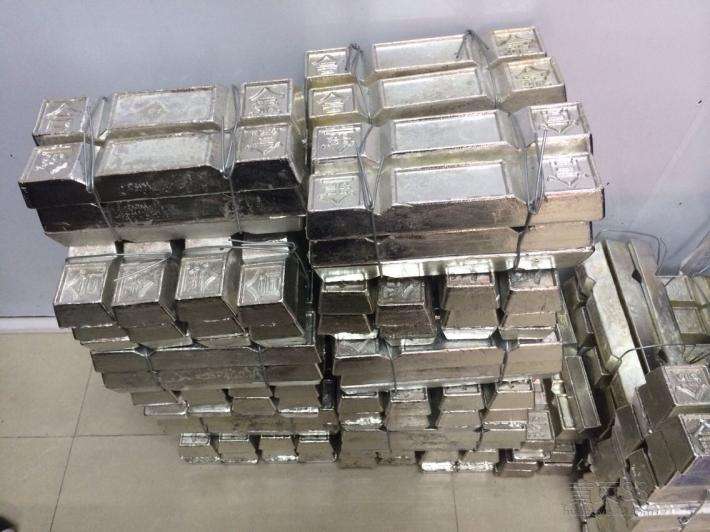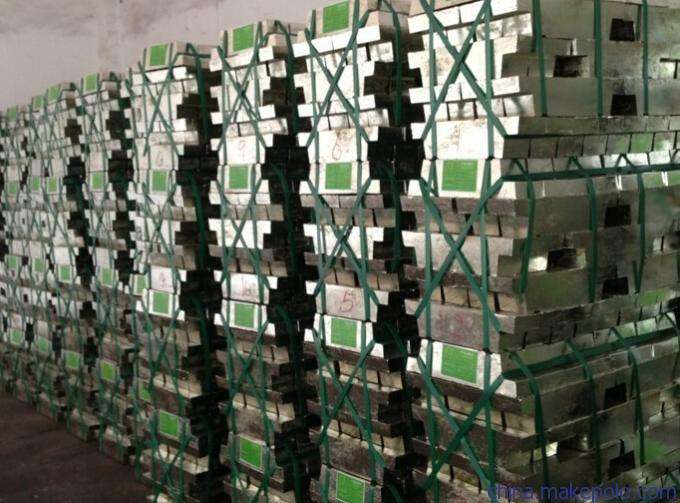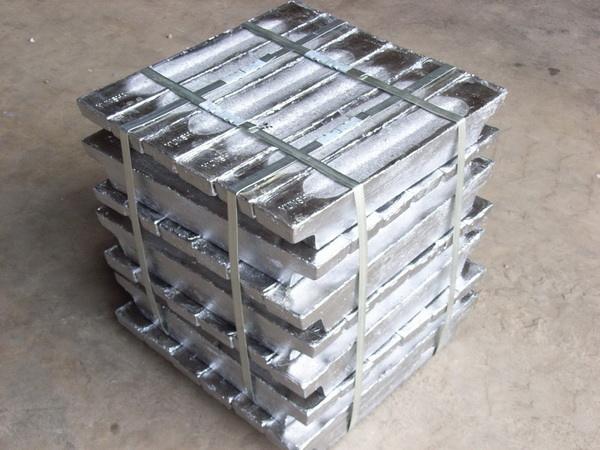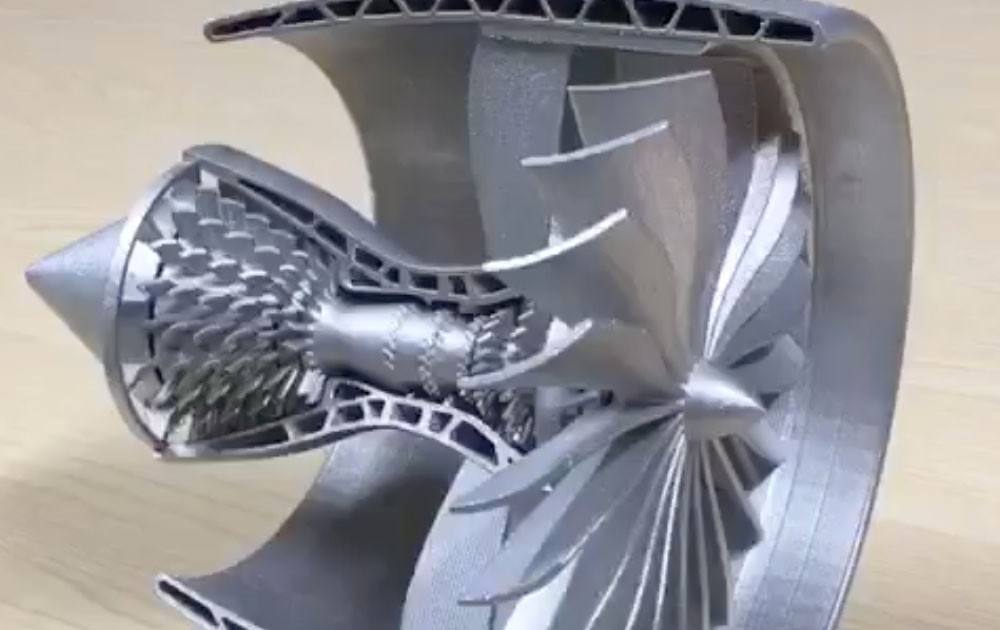Tin smelter is a product form of tin that is smelted from ore rich in tin. It is the basic raw material for all deep processing of tin.
Tin ingots are commercial tins that are cast into ingots. After partial refining, they also contain small amounts of different impurities (such as copper, lead, iron or arsenic), which are solid tins different from tin plates. It can be used as a coating material and has a wide range of applications in the food, machinery, electrical, automotive, aerospace and other industrial sectors.

China's tin reserves account for 28% of the world's total, and tin and tungsten, antimony and rare earth are also known as China's four strategic resources, and it is one of the few strategic resources that China can have pricing power. Tin Industry (000960) tin resources account for about 35% of China's, 10% of the world. Tin Industry has continuously expanded its resources in the past six years since its listing. The annual new resource reserves have exceeded the amount of mining, and the reserves of tin resources have not decreased. In 2007, the self-produced tin concentrate is expected to be 17,000 tons (about 4.5% of the world's tin concentrate production), and the refined tin production is expected to be 54,000 tons (about 15% of the world's total refined tin production ranks first in the world, the future 2 The annual controllable production capacity will reach 80,000 tons, accounting for more than 20% of the global total.) The current tin concentrate self-sufficiency rate is about 31%.

The main purpose
It can be used as a coating material and has a wide range of applications in the food, machinery, electrical, automotive, aerospace and other industrial sectors. In the production of float glass, the molten glass floats on the surface of the molten tin pool to cool and solidify.
It can be used as a coating material and has a wide range of applications in the food, machinery, electrical, automotive, aerospace and other industrial sectors. In the production of float glass, the molten glass floats on the surface of the molten tin pool to cool and solidify.
Tin is easily combined with iron and is used as an anti-corrosion layer for lead, zinc and steel. Tin-coated steel cans are mostly used for storing food, which is an important market for tin metal.

Tin chloride is used as a reducing agent and mordant in printing. The tin salt is sprayed onto the glass to form a conductive coating. These coatings are used on antifreeze glass.
Generally, a glass plate is formed by pouring molten glass on a tin plate to ensure flatness and smoothness of the glass surface.
Solder tin is used to connect pipes and electronic circuits. In addition tin is also used in a variety of chemical reactions.
Tin foil is often used to package food or medicine.
Manufacture of tinplate (tinplate) for rust prevention and canning containers.
Organotin can be used as a synthetic reagent for organic compounds, including reducing functional groups, causing free radicals and rearranging organic molecules.





